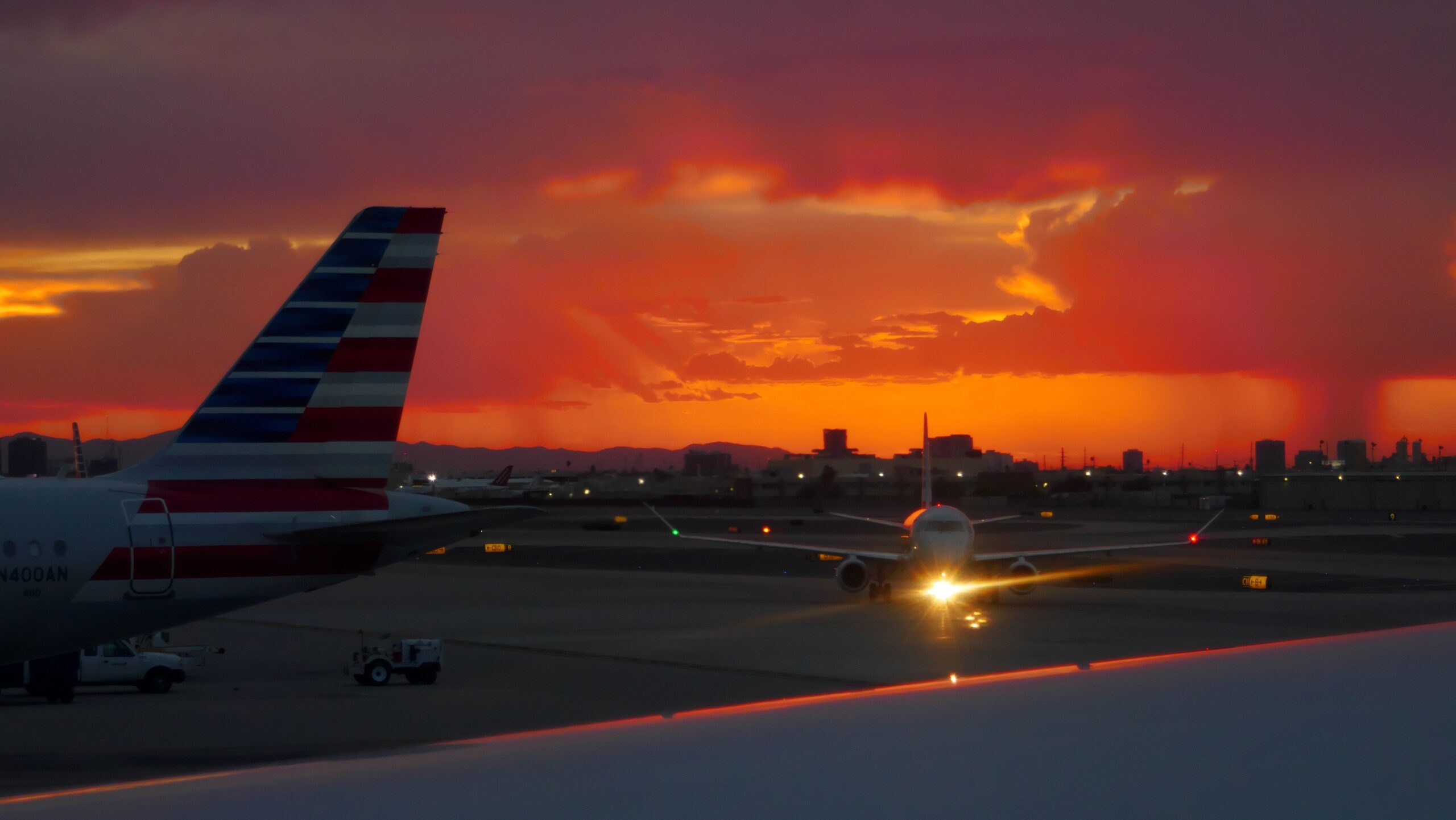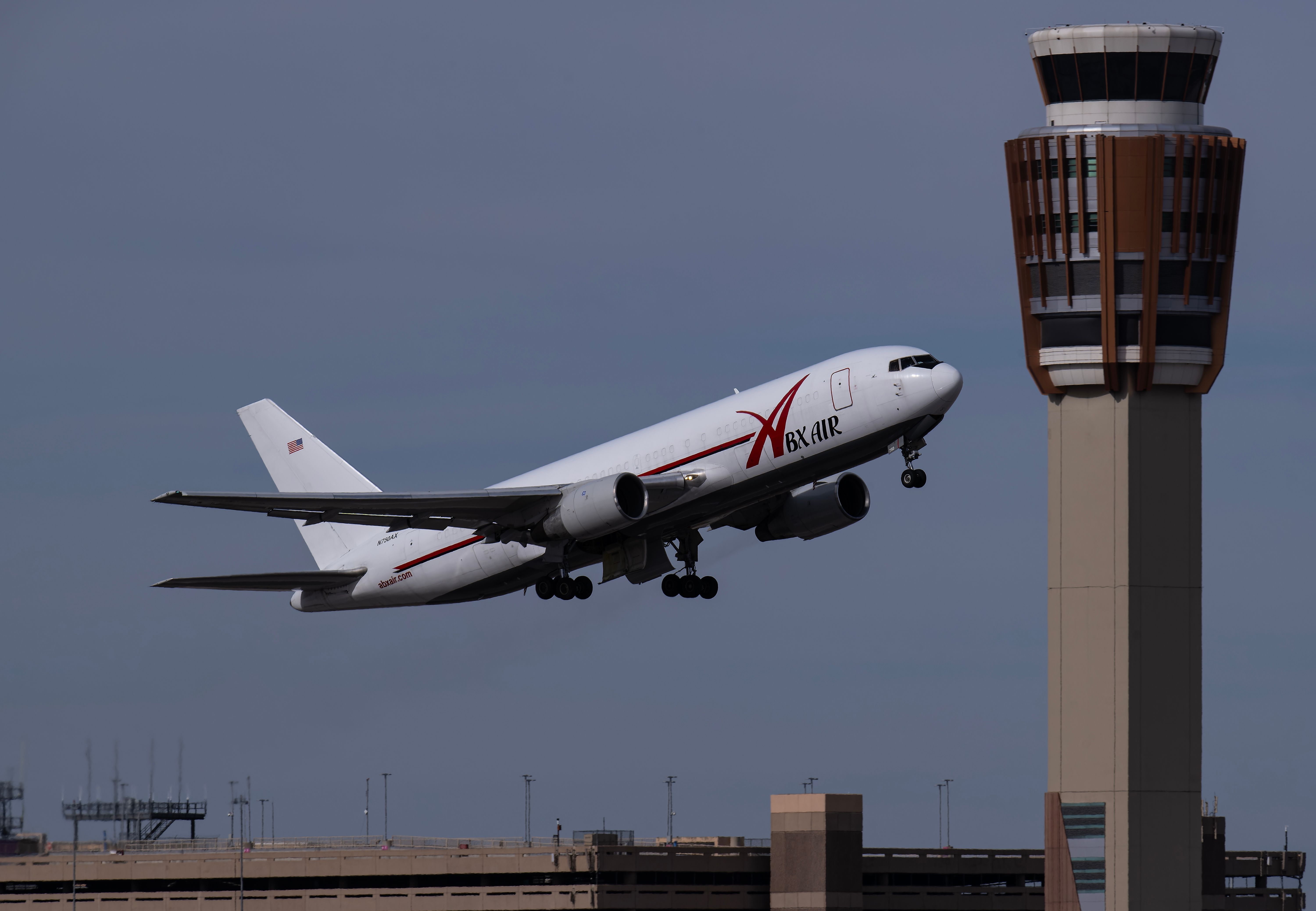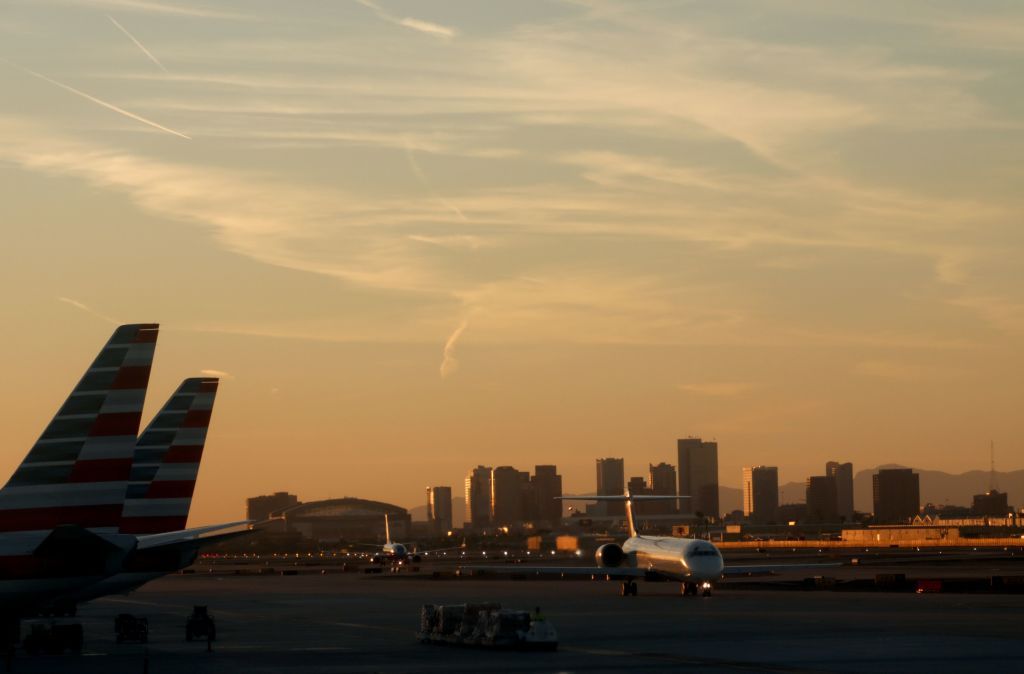Summary
- Phoenix Sky Harbor International Airport, the largest and busiest in Arizona, has been operating under the same name for almost a century since its inception in 1929.
- The airport’s “Sky Harbor” moniker originated from Scenic Airways owner J Parker Van Zandt, though its exact origin remains uncertain.
- Phoenix Sky Harbor International Airport is a hub for American Airlines and a base for Frontier and Southwest, with passenger traffic continuing to grow despite the impacts of the coronavirus.
Phoenix Sky Harbor International (PHX) is the largest and busiest commercial airport in the American federal state of Arizona. A hub for oneworld founding member American Airlines, and a base Frontier and Southwest, its name comes across as slightly unconventional compared to other US airports. But where does the ‘Sky Harbor’ designation come from? Let’s take a look back in time and find out.
Almost 100 years under the same name
It has now been nearly a century since Phoenix Sky Harbor International Airport first came into existence. The facility was a product of the late 1920s, with construction having begun in 1928. Completion of the initial airport occurred in early 1929, making it the fourth to have been built in Phoenix. Commercial services commenced there on February 23rd, 1929, when the airport was a far cry from the hub of today.
Owing to its then ‘isolated rural location,’ the airport’s website notes that, in its early years, it was nicknamed ‘the farm.’ However, it has always carried the ‘Sky Harbor’ moniker, even before the City of Phoenix purchased the airport in 1935. According to AZ Central, ‘Sky Harbor’ was the brainchild of Scenic Airways owner J Parker Van Zandt, who moved his operation there in 1928. Historian Michael Jones adds:
“Whether the name came from a desire by Scenic to name all its airports Sky Harbor, or by the idea of a ‘harbor’ for aircraft, no one knows for sure.”
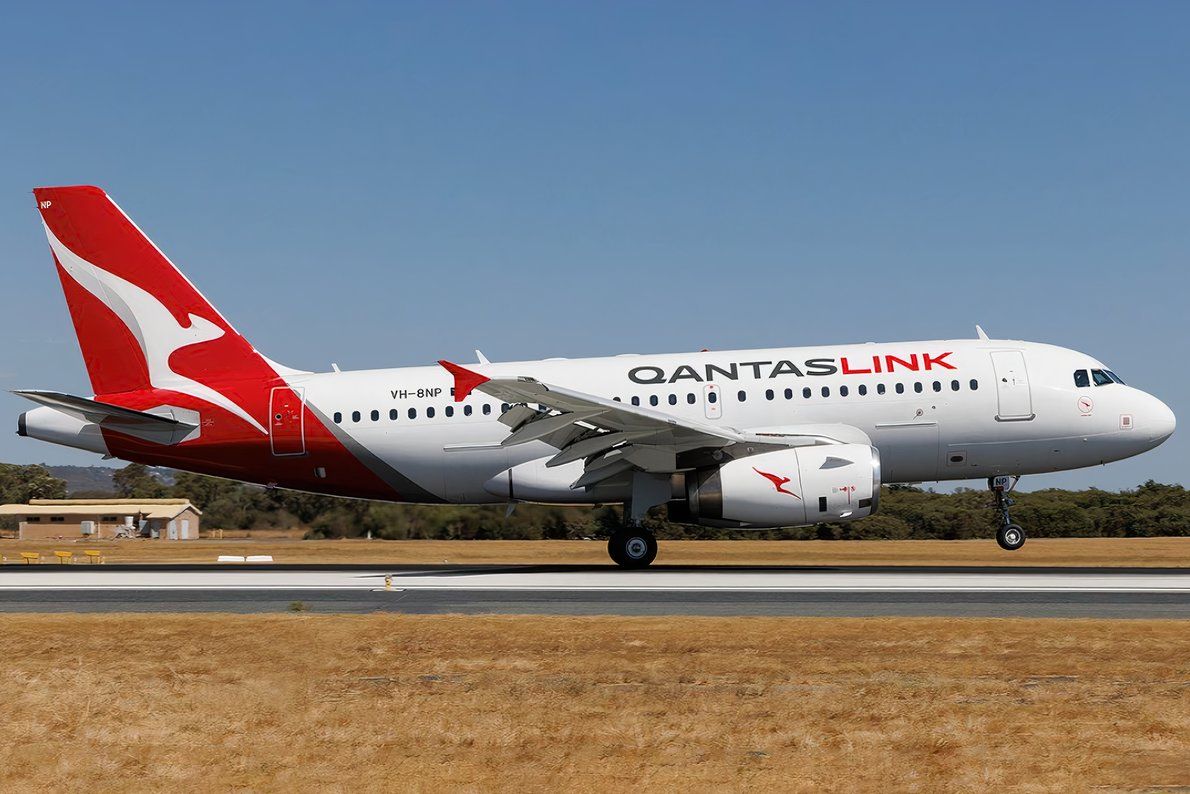
Related
Spotted: What Was A QantasLink Airbus A319 Doing At Phoenix Sky Harbor International Airport?
The plane made a quick pitstop amid a lengthy journey to begin a new life in the land down under.
Photo: Robin Guess | Shutterstock
In addition to the facility as a whole’s name, both of Phoenix Sky Harbor International’s passenger terminals have also been named after politicians. Indeed, AZ Central reported in 2021 that Terminal 3 had been named after Senator John McCain. Meanwhile, Terminal 4 is named after Barry Goldwater, with the New York Times noting that there was once a proposal to name the whole airport after him.
Other languages have similar terms
Seeing a fully-fledged commercial airport referred to as a ‘Sky Harbor’ is something of a rarity in the modern English language. However, elsewhere in the world, the literal translation of the word ‘airport’ does come across in a similar way. This is common in central and northern Europe, where these Germanic and Scandinavian languages use the following terms that literally mean ‘air harbor’ or a similar term:
- Danish, Norwegian – Lufthavn
- Dutch – Luchthaven
- German – Flughafen (literally meaning ‘flight harbor’).
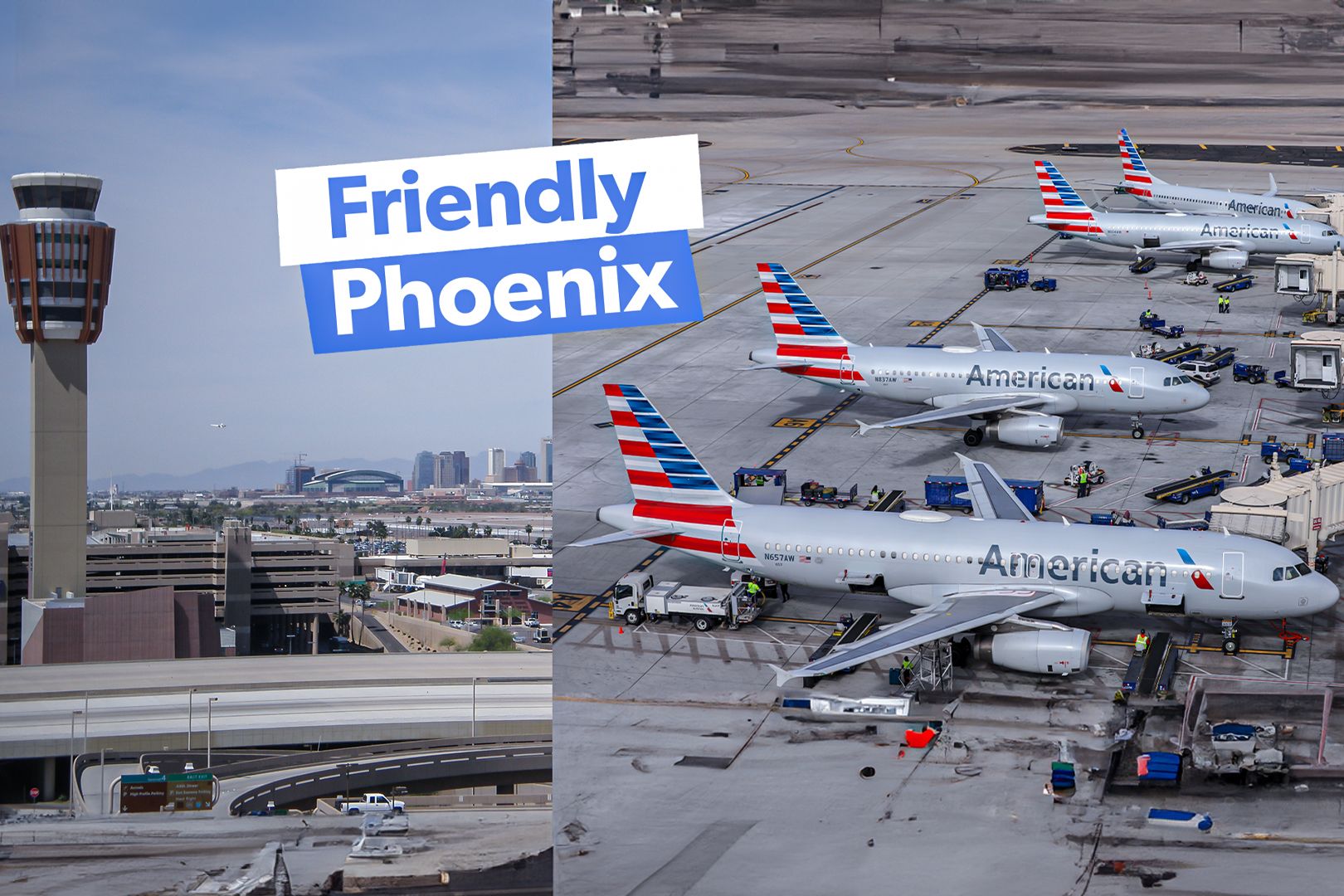
Related
Why is Phoenix Sky Harbor Known as America’s Friendliest Airport?
Discover why the Wall Street Journal and others are celebrating PHX yet again for its award-winning service and innovative passenger programs.
Further afield, a similar compound word is present in the Japanese language. Indeed, according to a post made on Arizona Oddities back in December of 2013, the kanji scripture for the word airport consists of a combination of the symbols for the words ‘sky’ and ‘harbor,’ showing that this trend is rather widespread.
While ports and harbors are similar concepts at face value, there are nuances. According to World Atlas, “a port is a commercial section on the shores of a sea with facilities such as cranes, warehouse, and docks that support trade and transport. Meanwhile, it notes that “a harbor is a place on the shores which offers storage or parking for water vessels.” Of course, certain aircraft can and do also land on water.
Phoenix Sky Harbor International Airport today
Today, Phoenix Sky Harbor International continues to play a key role as the busiest and largest airport in the American state of Arizona. Sporting three concrete-paved runways, it is one of American Airlines’ 10 mainland US hubs. The impacts of coronavirus caused traffic to fall by more than half in 2020, but, in any case, the 22 million passengers that it saw in that year still represented a good showing.
Interestingly, the airport’s data shows that Southwest Airlines had a slightly larger market share than American Airlines in Phoenix last year, despite it only being a focus city for the carrier rather than a hub. It served 33.88% of Sky Harbor’s passengers, compared to just over 33.82% for American. The facility was one of the US’s fastest-growing airports in 2021, causing it to quickly exceed pre-COVID levels.
Passenger traffic at Phoenix Sky Harbor International has continued to grow ever since, topping out at a record high of more than 48.65 million passengers last year. 2024 also looks like being another busy year, with current data made available by Cirium, an aviation analytics company, showing that 426,702 flights are scheduled to and from the Arizonan facility, offering 63,828,120 seats. The top airlines are:
- American Airlines – 184,212 flights.
- Southwest Airlines – 135,362 flights.
- Delta Air Lines – 24,453 flights.
What do you make of Phoenix International Airport’s ‘Sky Harbor’ name? Have you ever flown to or from Arizona’s busiest commercial airport? Let us know your thoughts and experiences in the comments!

